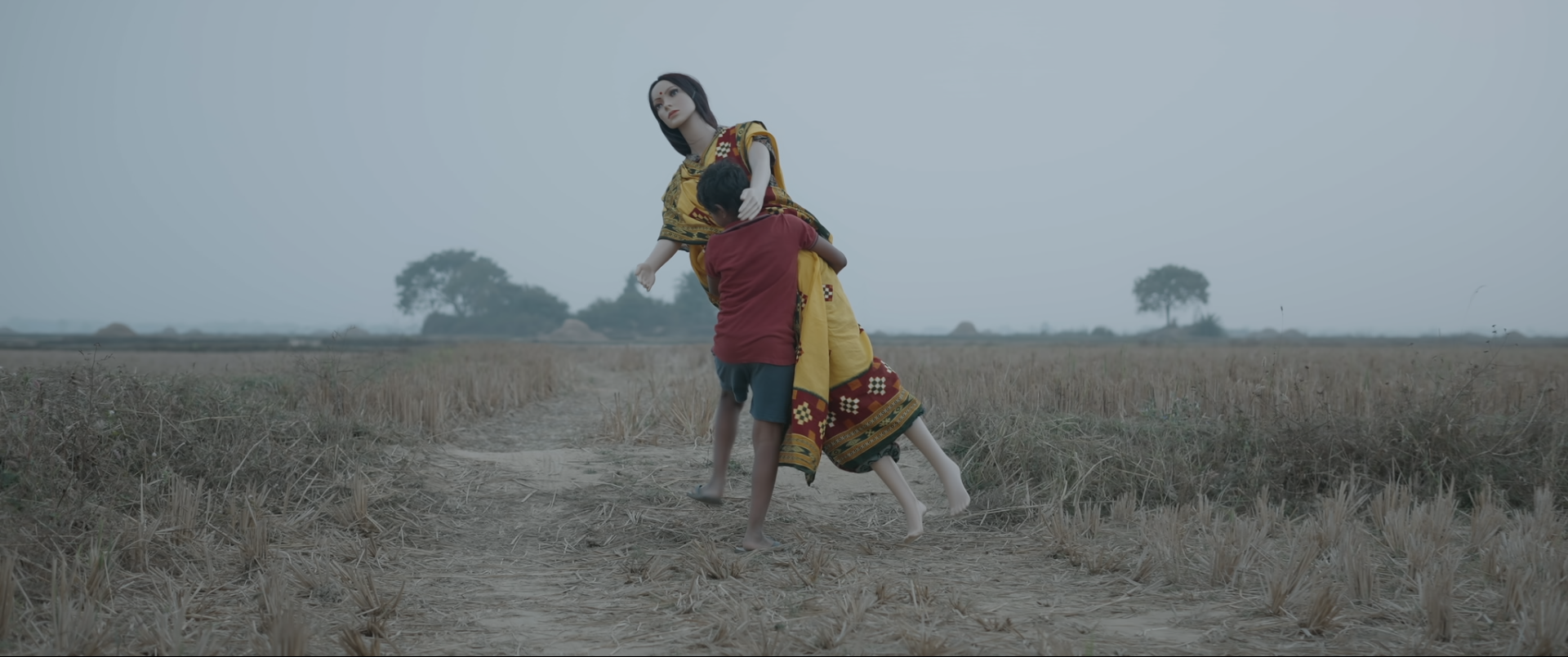Bhubaneswar: Life’s story is a collage of love, separation, longing, parental concern for the child and also struggle to earn for a living. The perception of the society regarding what is good or bad often also becomes a part of that narrative. However, with the changing lifestyle, needs for a better living condition and ideas to transform them into realities, we often put ourselves in a collective social trauma. Odia movie “Lahari” (waves) describes that story in a celluloid saga with the characteristic Amartya Bhattacharyya style.
The Odia movie has already pocketed many laurels across the world at many film festival circuits and set to hit the screens on September 12. The narratives come with a dose of philosophical, symbolic, visually stunning story-telling cinema as the photography is also powerful and engaging.
The story goes like this…in a quiet village in rural Odisha, Dinu, an elderly fisherman, and his friend Bhuta, a boatman who guides tourists, navigate the changing tides of tradition and modernity. Dinu’s young son Naba, longing for his absent mother, wishes for a doll as a birthday gift.
Despite Dinu’s resistance, rooted in gender stereotypes that only girls should play with dolls, Naba insists—echoing his teacher’s belief in gender equality. Meanwhile, Bhuta is inspired by a foreign tourist to transform his modest hut into an eco-resort. He invites Dinu to join by selling fried fish to visitors, and their venture begins to thrive. On Naba’s birthday, Dinu surprises him with a large mannequin. Naba,delighted, dresses the mannequin like his mother one night. A drunk Dinu wakes up at midnight and sees the mannequin dressed up like his wife tries to getclose. Witnessing this, Naba, is anguished by his father’s act and decides to leave home, carrying the mannequin on his back.
Envious villagers lodge false complaints against Bhuta’s resort prompting action from the wise-yet-lazy authorities, while Dinu helplessly waits for his son. The story delicately explores themes of fatherhood, gender norms, loss, and the struggle between tradition and progress, leaving viewers to wonder: Will this idea of eco-tourism survive? Will Dinu and Naba reunite?
While Choudhury Jayaprakash Das, Choudhury Bikash Das, Dipanwit Dashmohapatra, Smruti Ranjan Mahala (child artist), Susant Misra, Swastik Choudhury, Zeinab Doer, Sandip Bal and others are the part of the acting team, the three major characters Choudhury Jayaprakash Das, Choudhury Bikash Das and the child artist Smruti Ranjan have done an impressive job.
Music in the film is composed by Kisaloy Roy, with vocals by Gaurav Anand and Navya Jaity, while sound design is helmed by Anindit Roy and Adeep Singh Manki. Besides directing, Amartya Bhattacharyya has also handled the story, lyrics, cinematography, and editing, showcasing his multifaceted artistry. The film is presented by Jhilik Motion Pictures.


